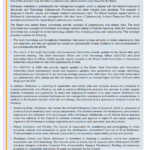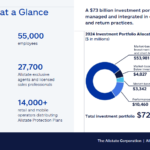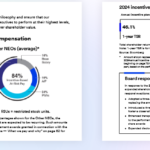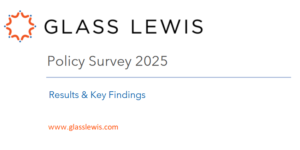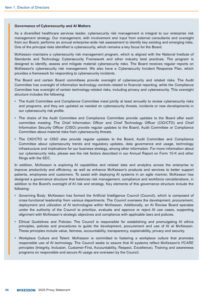I heard a lot of feedback on my recent blog about this new study – “The AI-Induced Disclosure Pressure Model and Empirical Evidence from MD&A Reporting” – in which I provided some practice pointers about how to consider writing for your new AI audience. So I guess I shouldn’t have been surprised that my favorite podcast about AI covered this topic in this episode entitled “AI Manipulation Of Corporate Earnings!?”
The fact that it was covered by AI experts that aren’t in our field goes to show you that this indeed is a topic that disclosure drafters should start bearing in mind. Here are some practice pointers that I pulled from Connor and Jaeden’s podcast – which are not dissimilar from my own pointers that I posited in my prior blog (also see this blog by Meredith Ervine about the study):
1. Craft Reports for Human and Machine Readers: Given that many analysts are now relying on AI to review quarterly reports, writers must consider how their language will be interpreted by algorithms. This means avoiding overly promotional or vague language that could trigger skepticism from AI-powered tools scanning for bias.
2. Anticipate the Prompt Arms Race: There’s a growing “cat and mouse” dynamic between those drafting financial disclosures and those designing prompts to analyze them. If you’re disclosing, assume someone is prompting a model to find the spin. If you’re analyzing, fine-tune prompts to cut through the fluff.
3. Maintain Human Quality Control: AI can assist, but it can’t replace the human eye—yet. Organizations must invest in experienced professionals to provide quality control, ensuring AI outputs are accurate and reliable. Especially in high-stakes domains like investing, human judgment remains irreplaceable.
4. Watch for Optimism Bias in AI Interpretation: Disclosures can be engineered to “game” AI by leaning into optimistic phrasing. Counter this by training or prompting AI models to flag and neutralize emotionally charged or promotional language, translating disclosures into a more neutral tone.
5. Don’t Underestimate AI’s Limitations: Despite their capabilities, large language models are still fallible and prone to “hallucinations.” They may draw incorrect conclusions or misinterpret context. Always cross-check AI-generated insights against trusted sources and professional judgment.
6. Equip Analysts with Better Prompts: Analysts should be trained to write sophisticated prompts that go beyond surface-level queries. This might include instructions to ignore marketing language, highlight discrepancies, or request alternative interpretations of overly optimistic projections.










